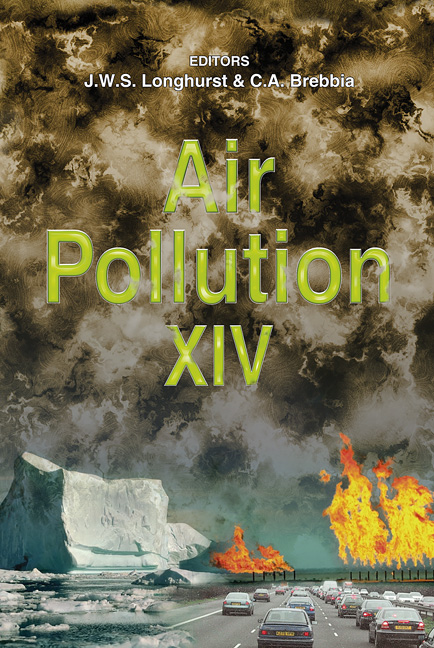Local Air Quality Management As A Policy Cycle In The Cities Of Newcastle And Lake Macquarie, Australia
Price
Free (open access)
Transaction
Volume
86
Pages
10
Published
2006
Size
418 kb
Paper DOI
10.2495/AIR060201
Copyright
WIT Press
Author(s)
L. Graham & H. Bridgman
Abstract
In the air policy frameworks of the Australian Commonwealth and New South Wales (NSW) Governments, responsibility for the major air pollution sources and assessment of regional air quality lies beyond the direct mandate for local government. However, local government is responsible for a wide range of smaller sources. By contrasting the responses to air pollution by the local councils in the cities of Newcastle and Lake Macquarie, this paper contributes to the understanding of local air quality management in NSW. The paper builds on the concept that air quality management requires a basic scientific and decision-making framework. First, we discuss air quality management as a policy cycle and introduce the concept of policy networks to illustrate their role in formulating local environmental policy. Second, we compare and contrast the aspirations, capacities and achievements of the two local councils in relation to air quality management from 1995 to 2005. Third, we examine the contribution to the policy cycle of new tools that use computer-based geographic information systems (GIS), namely, the air emissions inventory and air quality modelling (using The Air Pollution Model (TAPM)). Together, these tools offer advances in the knowledge of local air pollution science and a technological capacity to predict the impact of management options, heralding a paradigmatic change in local air policy making in NSW. Keywords: local air quality management, scientific decision making, policy cycle, policy network, GIS, emissions inventory, air pollution modelling, TAPM. 1 Introduction Air quality management requires a basic scientific and decision making framework, consisting of tested tools and procedures that support a process of
Keywords
local air quality management, scientific decision making, policy cycle, policy network, GIS, emissions inventory, air pollution modelling, TAPM.





